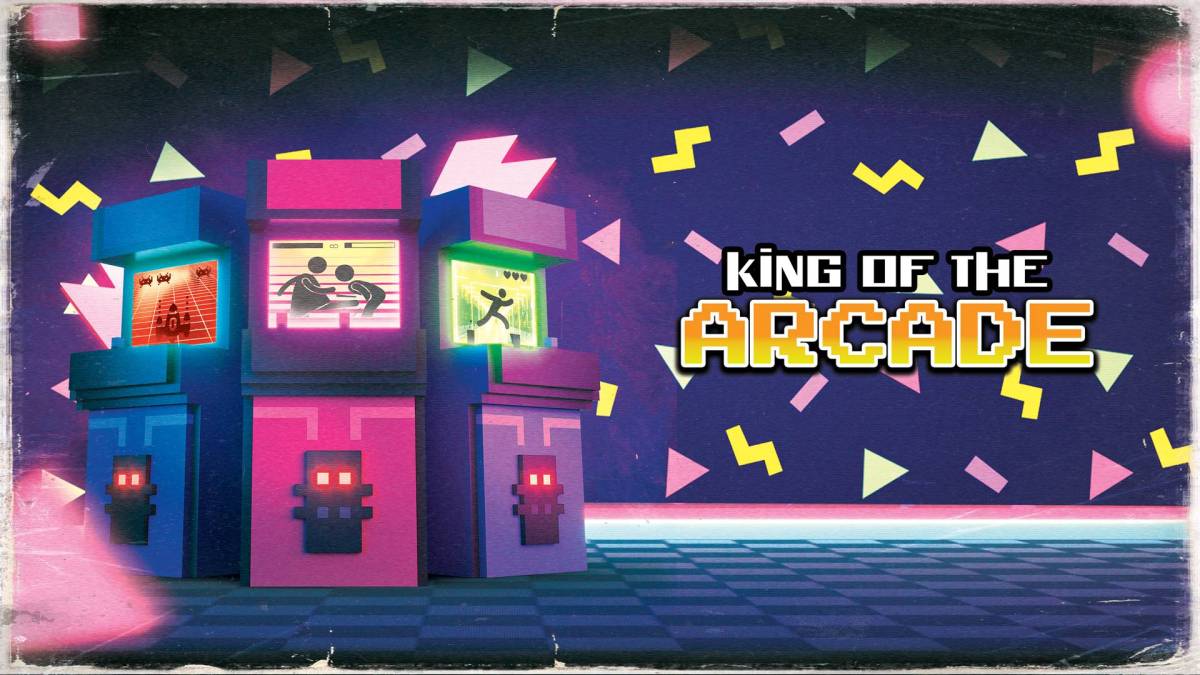
Platforms: Playstation 4 (reviewed) and Windows
Video games have generally not been the most nuanced vehicles for expressing the effects of mental illness and that’s what makes Hellblade: Senua’s Sacrifice so much more impressive. Developer Ninja Theory combined it’s knack for cinematic presentaion with a very taboo topic to create an unforgettable, if flawed, game.
You play as the titular Senua, a Celtic warrior suffering from severe psychosis. She is on a journey to Helheim (Norse mythologies version of Hell) to save the soul of the one person who ever showed her kindness. Make no mistake though, this is an incredibly personal journey. As you progress you will feel the full brunt of what having this illness entails. Voices in her head are constantly bickering and hallucinations take many forms. Senua is fighting herself just as much as the enemies you encounter and it can very uncomfortable to watch at times. It’s as much a quest to understand that she can have a life as it is to save her loved one. She is learning to accept that this disease does not define her. This all builds to some of the most empowering moments I’ve seen in any medium.
None of this could have been accomplished without the immaculate presentation. The game is gorgeous and Ninja Theory continues to be on the bleeding edge of motion capture technology. They even use a surprising amount of FMV for all periphery characters. It’s initially jarring but it helps to enhance the other surreal elements of the game.
The most important piece however is the binaural audio recording. This is used to create the illusion of audio in a 3D space and is the reason why wearing headphones is absolutely paramount. The voices in her head feel as if they are whispering right over your shoulder. It legitimately gave me the creeps more than once. They also rarely give you a moment of peace and I found myself often just wishing they would shut the hell up. That is a testament to how much work was put into giving the player a small glimpse of what living with this disease is like.
A wonderful and enlightening making-of documentary is included. It shows the makeshift mocap and recording studio the developers created to keep the project entirely in house. Senua was even performed by a video editor on the team which is impressive in and of itself. It also includes interviews with multiple mental health specialists that were consulted when making the game. The attention to detail is astonishing and I can do nothing but applaud their efforts.
Shockingly, the actual act of playing Hellblade is probably going to be the most divisive aspect about the game. Combat is standard light, heavy, melee, and dash. It does not evolve much beyond that. Stringing together different combinations will lead to small combos, but you won’t be unlocking anything new. It looks great and the strikes have a good weight to them, but what you see is what you get. Bosses and late game gauntlet fights are the most interesting mechanically, with a late one using the 3D audio being particularly cool. Puzzles are mainly perspective based and have you walking around the environment lining up objects to progress. A few stood out from the rest thanks to a little reality bending but nothing really groundbreaking.
Hellblade is only a small window into a world real people struggle with everyday, but it is still incredibly effective. The gameplay may not always pull its weight, but that shouldn’t prevent you from seeing it through to the end. Senua’s journey to the depths of hell is equal parts heartbreaking and triumphant. As I watched the credits roll, I couldn’t help but be in awe of what I had just experienced.






